Belief and Faith
Belief or faith can mean different things depending on the context. Belief in Buddhism develops when we test the instructions. Without any investigation, belief implies a blind, almost ignorant attitude. In this audio teaching, Phakchok Rinpoche discusses his own belief in the Buddha’s teaching. He describes his personal experience and reminds us that solid belief comes about through practice.
Belief Comes from Experience
Rinpoche explains that he wasn’t a “natural” believer. He understands our skepticism. But his teacher taught him how to meditate a bit. And at the same time, he struggled with his own emotions, finding no solution for his anger. Then because he realized he needed to do something, he applied his teacher’s Dharma and meditation instructions. Through putting the instructions into practice, he experienced changes. And because of that, he developed a strong belief in the Buddha’s teachings and great faith in and respect for his teacher.
The Buddha himself taught that we should put teachings to a test. In his teaching to the Kalamas, preserved in the Pali canon, the Buddha explained,
“Don’t go by reports, by legends, by traditions, by scripture, by logical conjecture, by inference, by analogies, by agreement through pondering views, by probability, or by the thought, “This contemplative is our teacher.”1Translated by Thanissaro Bhikkhu, edited by Access to Insight. Access to Insight (BCBS Edition), 2 November 2013.
We can understand that the Buddha thus discouraged blind acceptance. Instead, he advised that students put teachings into practice themselves and only then make a clear decision. In a similar manner, Rinpoche asks us to investigate the teachings for ourselves. But when he says investigate, he does not mean leaving the teachings on a purely intellectual level. Rather, he advises that we put the instructions to a practical test by following them. Reading a recipe is not the same as actually making the dish, is it?
Believing When Seeing Our Own Faults
When we practice meditation, we start to understand how we are influenced by the five poisons or five negative emotions. We can see our behavior with our family and friends. Then, when we see our problems, we should admit our own mistakes. Try to do this by saying gently to ourselves, “Yes, I have these problems.”
And we don’t need to tell anybody else about that yet. When we have come to see our habitual patterns and negative emotions, Rinpoche says that half of our work is done. From there, the second half of the work is to learn how to practice and then spend some time doing it.
Don’t Judge!
When we can’t admit our own issues, then meditation does not bring about transformation. Instead, we look at our meditation as a grade to pass. We need to improve ourselves, but we shouldn’t keep judging ourselves. Rinpoche asks us to note this part in particular! Please don’t blame yourself.
Reflection Question
When you hear the word “belief” or “faith” what does it mean to you? Are there things in your world that you believe in, or have faith in? Do you believe the sun will rise tomorrow? Or do you have faith that you can drive to the supermarket and purchase what you need? How did that faith or belief develop? If you want to learn a new skill, do you rely on belief or faith in order to master it? Consider such questions and think about how they might also apply to the practice of the Buddha’s instructions.


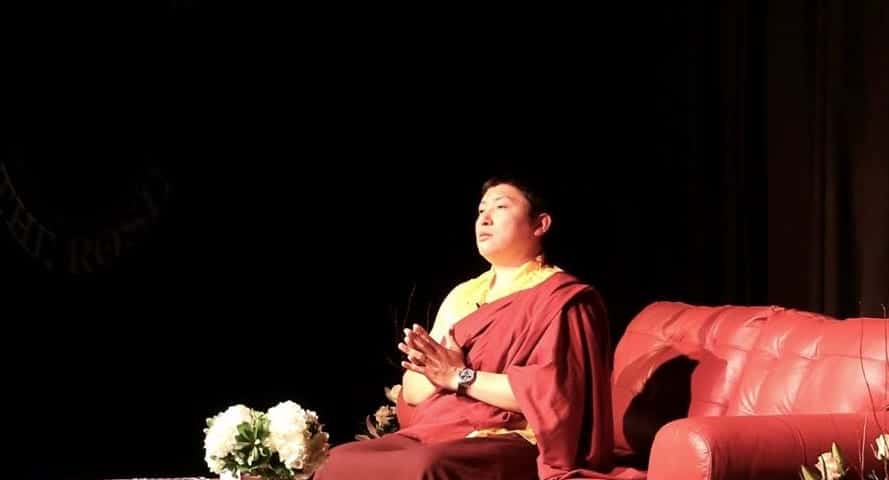

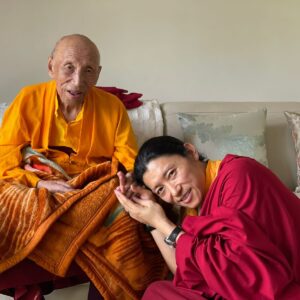
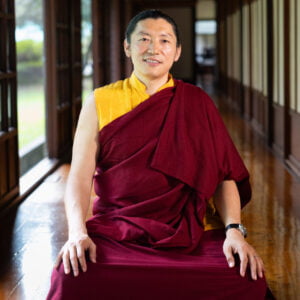
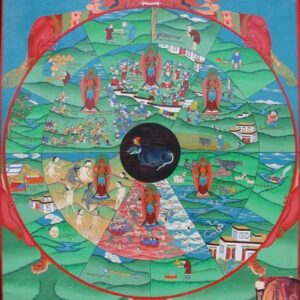
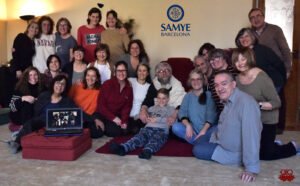


Responses